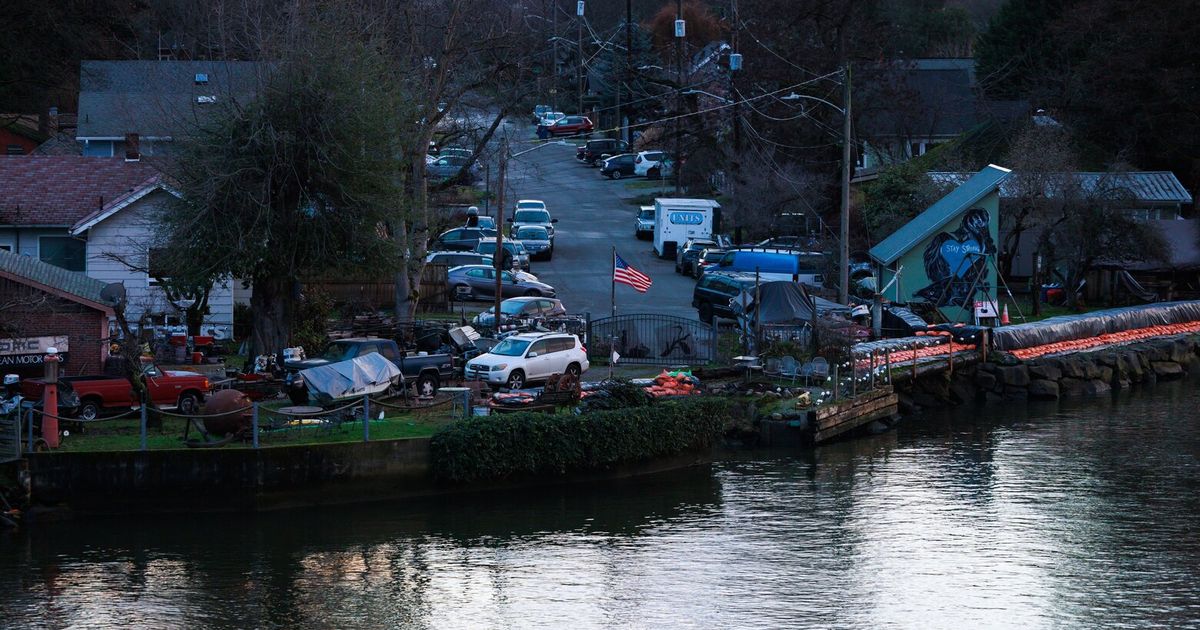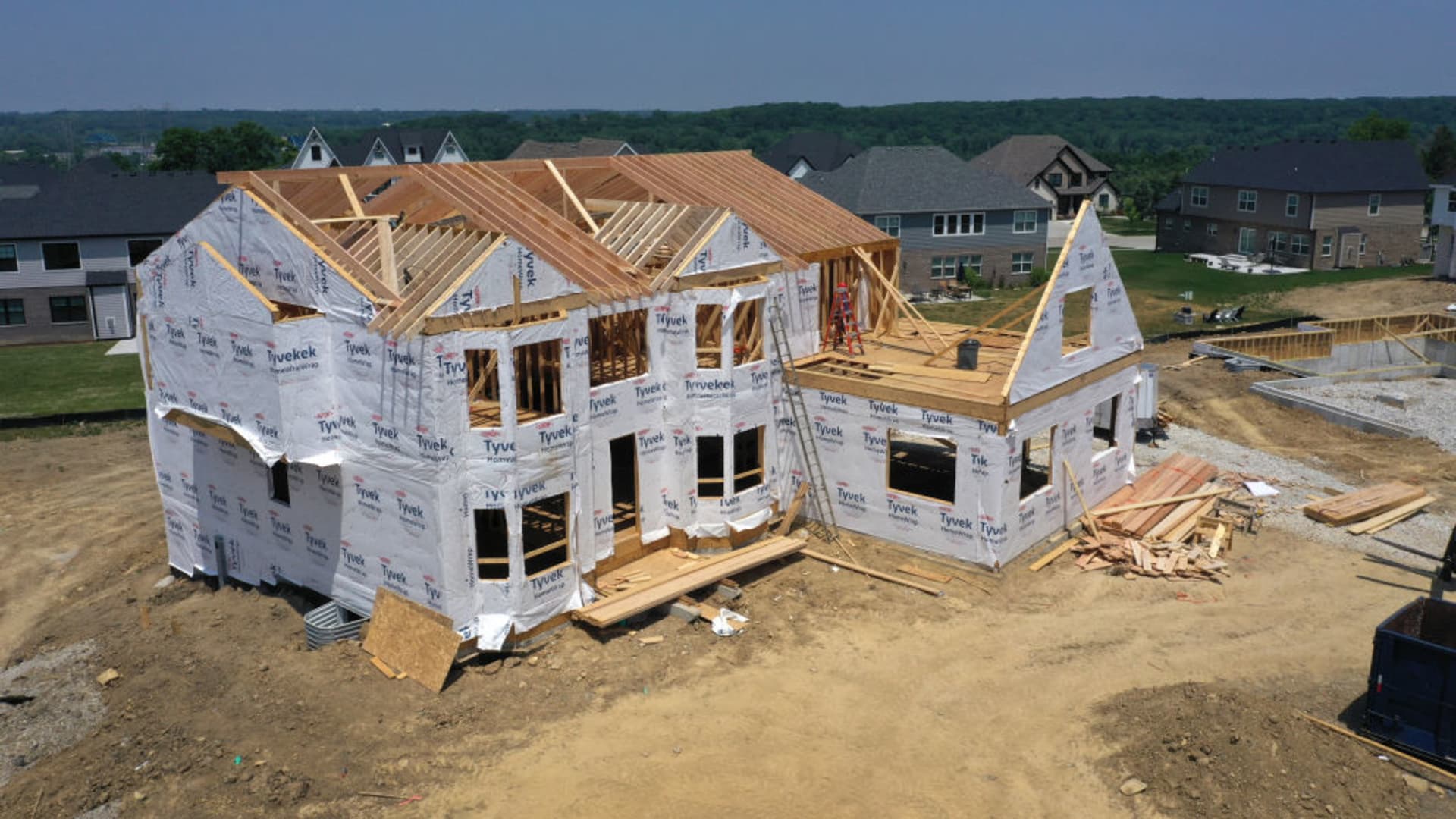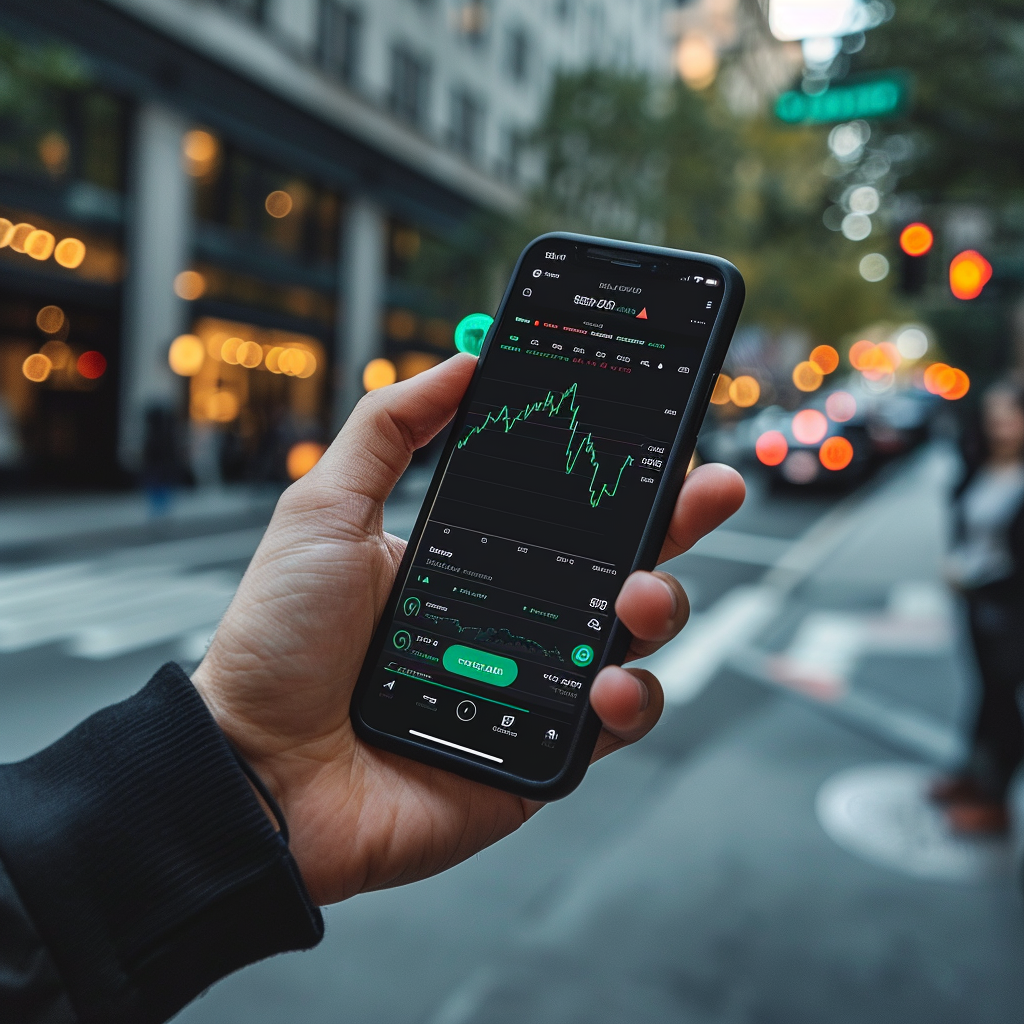On a recent morning, students filed into Seattle’s Gage Academy of Art and ascended a set of creaky stairs to the light-filled drawing room, where tall windows looked out on the brick peaks of Capitol Hill mansions. The students lined up sheets of paper, pencils and rulers on paint-splattered tables, like the tens of thousands of other novices, hobbyists and aspiring artists who’ve flocked to Gage’s Capitol Hill headquarters over the years.
Not for much longer: After 20 years, Gage is leaving its Capitol Hill home. In the summer of 2024, the nearly 35-year-old nonprofit art school is moving to South Lake Union, to a ground-level retail space owned by Amazon, the organizations announced Thursday.
Just a few short steps away from the Amazon Spheres, the school’s new location at 2105-2107 Westlake Ave. will take up the ground-level retail space in Amazon’s 37-story re:Invent building, which houses offices for the company’s cloud computer service AWS. The new location will be Gage’s main campus, but the school — which is nonaccredited and doesn’t offer degrees — will maintain its Georgetown outpost.
The move is somewhat unusual, as smaller art schools traditionally have taken over old schools or industrial spaces rather than shiny corporate facilities, though the school will have a separate entrance and facility.
While Gage has worked with Amazon before, providing art classes to employees since 2019, getting literally close with a tech giant represents a notable shift for a school steeped in tradition and classical techniques.
Gage will be the space’s first tenant: While Amazon’s re:Invent building opened in 2019, it has been vacant since. Representatives for Amazon and Gage declined to share details of the lease but said that Amazon would provide Gage with more than $7.5 million in rent assistance over the next 10 years (the duration of the lease) as well as offset a portion of the cost of construction and space improvement. Designed by Seattle-based architecture firm NBBJ, the space will include flexible classrooms, art studios, multimedia rooms and communal student spaces.
At 14,000 square feet, the location will be slightly smaller than Gage’s current digs near St. Mark’s Episcopal Cathedral but will have roughly as much usable space and allow for more flexibility, accessibility and modernization, said Kathleen Allen, Gage’s executive director. The organization’s current building doesn’t have an elevator and, at nearly 100 years old, has started showing signs of aging. The hope is also that the new location will attract a younger and more diverse student body thanks to its central location and ample nearby transit and dining options.
“The new Gage represents an evolution of our brand — more hip, more urban, more inclusive,” said Gage’s founding director Gary Faigin, who has written occasional freelance articles for The Seattle Times. Allen called it a “real win-win partnership,” in which Amazon helps Gage get into the space, and Gage can help the company “rejuvenate and bring a lot of great creative energy to South Lake Union.”
For Amazon, the move comes as the company ramps up enforcement on its return-to-office mandate and stares down an antitrust lawsuit brought by federal regulators.
Amazon spokesperson Zachary Goldsztejn said the move is a way to support “neighborhood building” near the company’s offices by diversifying the retail offerings beyond the restaurants, grocery store, child care, doggy day care and other services already present. It’s also part of the company’s larger mission to support local arts, Goldsztejn noted.
Gage will join local record label Sub Pop and glass company glassybaby — as well as a long list of restaurants — in occupying Amazon’s street-facing retail space in the neighborhood. The company also gave Mary’s Place, a nonprofit helping families experiencing homelessness, a permanent location on its campus in 2020, but having a nonprofit art school as a tenant is new for the company.
Faigin originally formed Gage, then called Academy of Realist Art, with his wife Pamela Belyea in 1990 in New Mexico. In the early 90s, they established the school in Seattle to teach local artists — whether they wanted a professional career or not — classical and fundamental art techniques like figure drawing, sculpting and oil painting.
The school has evolved since. Its name has changed, first to Seattle Academy of Fine Art and then, in 2006, Gage Academy of Art. So has its curriculum. While you can still take classes like “Mastering the Still Life in Oil,” Gage now also offers “Secrets of Digital Painting” and “Painting the Figure with Your Digital Tablet.”
In its 30+ year history, the school has popped up in different locations, from Faigin’s Ballard studio to the University Heights Center. Gage moved into its current building in 2004 and had been looking for new digs for a while, as its building started showing signs of aging and the church had potential plans for the property.
Also, Faigin said the school’s part-time classes have never attracted a young demographic in significant numbers. And its overall student body has decreased from around 5,000 pre-pandemic to roughly 3,000. (The nonprofit, which has an annual budget of roughly $2.5 million, also hasn’t seen tuition income rebound and will be fundraising to complete the build out and fund its new chapter.)
Ideally, this location “could start filling some of these holes,” Faigin said. He hopes the “Amazonians” and other downtown office workers, as well as people who live further away in the region and could come in by light rail, will be among those new students.
“We want to make it super frictionless. I stole that from Jeff Bezos,” Faigin said. “I want to make it frictionless for these folks to walk around the corner and come in and take a class at Gage.”
Faigin and Allen said the school would likely expand the curriculum to attract new students, including with shorter programs aimed at people who want to try something new rather than sign up for a weekslong class. On the table, Faigin said, were lunch-hour lectures, one-hour classes and partnerships with nearby Antioch University and downtown arts nonprofits.
A change sure to come is a street-facing gallery for exhibitions by students, teachers and other local artists. The existing school building’s top-floor gallery isn’t very accessible to the public.
“We’re going to be able to have a high-profile street-level presence,” Faigin said. “And, you know, we had to make sure … Amazon knew that occasionally there might be a bare breast; that we do nudes.”
Even with a new exhibition space, how the local arts community will react is still a question. Relationships with the tech behemoth have been at times strained as some see the company as responsible for the city’s gentrification and affordability issues, among other things.
“I think another reason that Amazon is doing this is because they’re aware of the fact that they have built up bad feelings in the community,” Faigin said. Still, Amazon was helping them out, and “I don’t know any person in the art community who’s going to have a problem with that,” he said.
Allen sees this move as a way to connect the tech and arts communities. “I hope this becomes an opportunity,” she said, “where people who work at Amazon — or any of the other industries that are in South Lake Union — start to see how the arts can be so integral to your life.”
_____
This coverage is partially underwritten by the M.J. Murdock Charitable Trust. The Seattle Times maintains editorial control over this and all its coverage.















